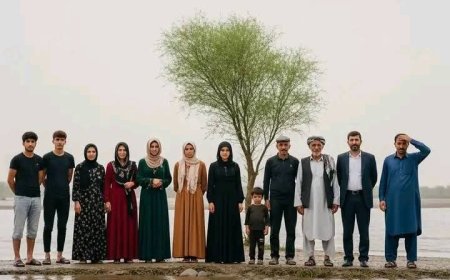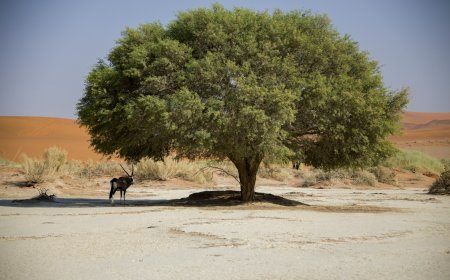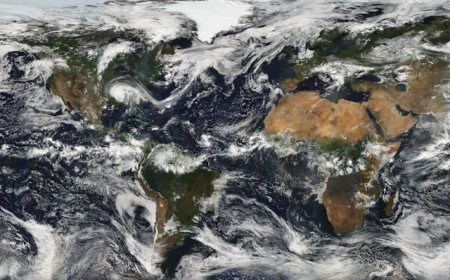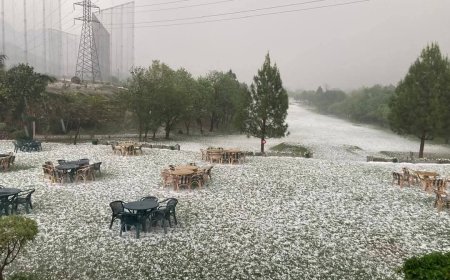Can India Stop River Water to Pakistan? Indus Water Treaty Explained | India-Pakistan Water Dispute
Explore if India can legally halt river water flow to Pakistan under the Indus Water Treaty. Analysis of geopolitical tensions, environmental impacts, and cross-border water sharing.
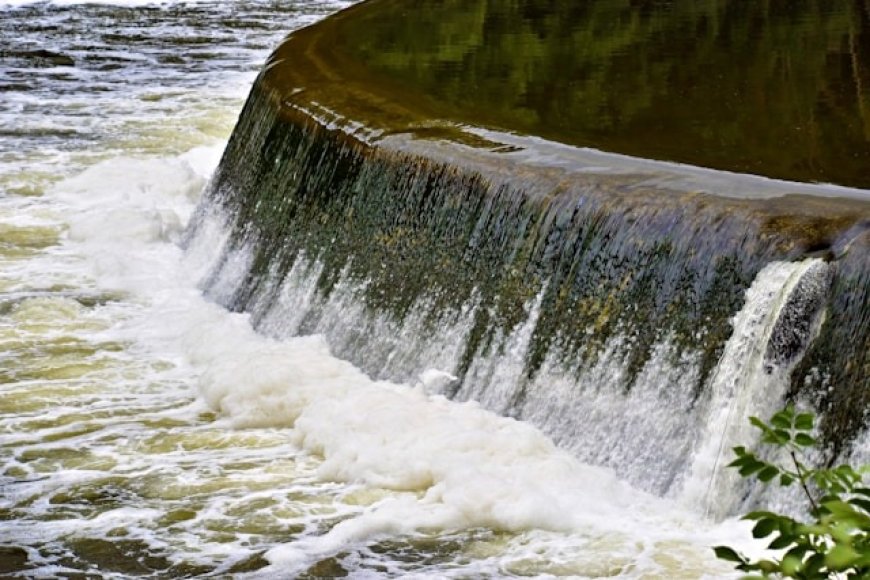
India can control some of the river water that flows into Pakistan but it cannot completely stop it due to Indus Water Treaty. The Indus Water Treaty was signed between India and Pakistan in 1960. This treaty was brokered by World Bank and survived numerous wars and political tensions.
It governs the use of waters from the Indus River system which flows through both countries. This water is vital for their agriculture, industry and daily life. This treaty also has been a source of disputes.
After independence tensions began to rise when India gained control of the headworks of the Beas, Ravi and Sutlej rivers. These rivers are crucial for irrigation in Pakistan especially in the Punjab region. To avoid any conflict both countries found a permanent solution. The World Bank played a role as a neutral party and helped both countries in negotiations.
These negotiations last up to ten years. Finally the Indus Water Treaty was signed by Indian Prime Minister Jawaharlal Nehru and Pakistani President Ayub Khan in Karachi on September 19, 1960. The Indus Water Treaty divides the Indus River system into two categories:
- India gained rights to the Eastern Rivers. These rivers include Ravi Beas and Sutlej. India can use these water for agriculture, industry and other domestic purposes.
- Pakistan gained the rights to the Western Rivers. These rivers include Indus, Jhelum and Chenab. Pakistan can use this water for irrigation, hydroelectric power and transport.
Both nations are suffering from the problem of a growing population, water scarcity and extreme climate conditions. They must cooperate with one another and pay head to progress. The Indus Water Treaty stands as a remarkable example of peaceful resource sharing in a region.
What's Your Reaction?
 Like
21
Like
21
 Dislike
0
Dislike
0
 Love
1
Love
1
 Funny
0
Funny
0
 Angry
0
Angry
0
 Sad
0
Sad
0
 Wow
0
Wow
0






